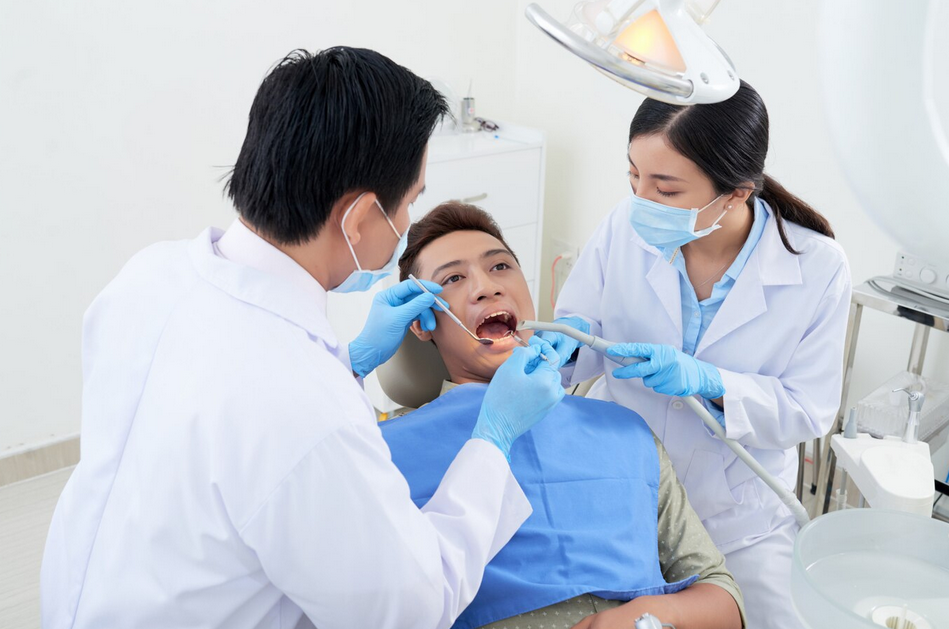Laser teeth whitening can deliver dramatic results quickly, but to maintain your bright smile and prevent sensitivity or staining, it’s crucial to follow proper aftercare. Here’s what you should avoid after your treatment:
1. Dark-Colored Foods and Beverages (First 48 Hours)
Your teeth are most vulnerable to staining immediately after whitening. The enamel becomes more porous during the treatment, making it easier for pigments to penetrate.
Avoid:
- Coffee and tea
- Red wine
- Cola and dark sodas
- Tomato-based sauces
- Berries (blueberries, blackberries, cherries)
- Soy sauce, balsamic vinegar, and beetroot
Tip: Stick to a “white diet” — foods like chicken, white rice, cauliflower, milk, and yogurt are safe options.
2. Smoking and Tobacco Products
Nicotine and tar can stain your teeth and reverse your whitening results quickly. Avoid smoking or using any tobacco products for at least 72 hours — and ideally, quit altogether for long-term oral health and cosmetic benefits.
3. Colored Mouthwashes or Toothpastes
Some mouthwashes and toothpastes contain artificial dyes or chlorhexidine that can discolor your teeth post-treatment.
Choose: Clear or white products labeled as non-staining and alcohol-free to prevent irritation and maintain your results.
4. Acidic Foods and Drinks
After whitening, your enamel may be temporarily weakened, making your teeth more sensitive to acid erosion.
Avoid:
- Citrus fruits (lemons, oranges, grapefruits)
- Vinegar-based dressings
- Carbonated drinks
- Pickled foods
These can increase sensitivity and cause enamel wear, diminishing your whitening results.
5. Extremely Hot or Cold Items
Sensitivity is a common side effect after laser whitening. Consuming very hot or cold food and beverages can cause discomfort.
Examples to avoid:
- Ice cream or ice water
- Hot coffee or soup
Wait a couple of days and gradually reintroduce them as your teeth adjust.
6. Poor Oral Hygiene Habits
Failing to brush and floss regularly after whitening can lead to plaque buildup and new stains.
Be sure to:
- Brush with a soft-bristled toothbrush twice a day
- Floss daily
- Consider using a whitening toothpaste recommended by your dentist
7. Skipping Follow-Up Care
Your dentist may recommend touch-ups or provide take-home trays to maintain your whitening results. Skipping these steps can reduce the longevity of your smile.
Final Tip: Follow Your Dentist’s Advice
Every smile is different, and your dentist may provide specific aftercare instructions tailored to your enamel strength and lifestyle. Always follow their guidance to avoid complications and extend the brightness of your new smile.




